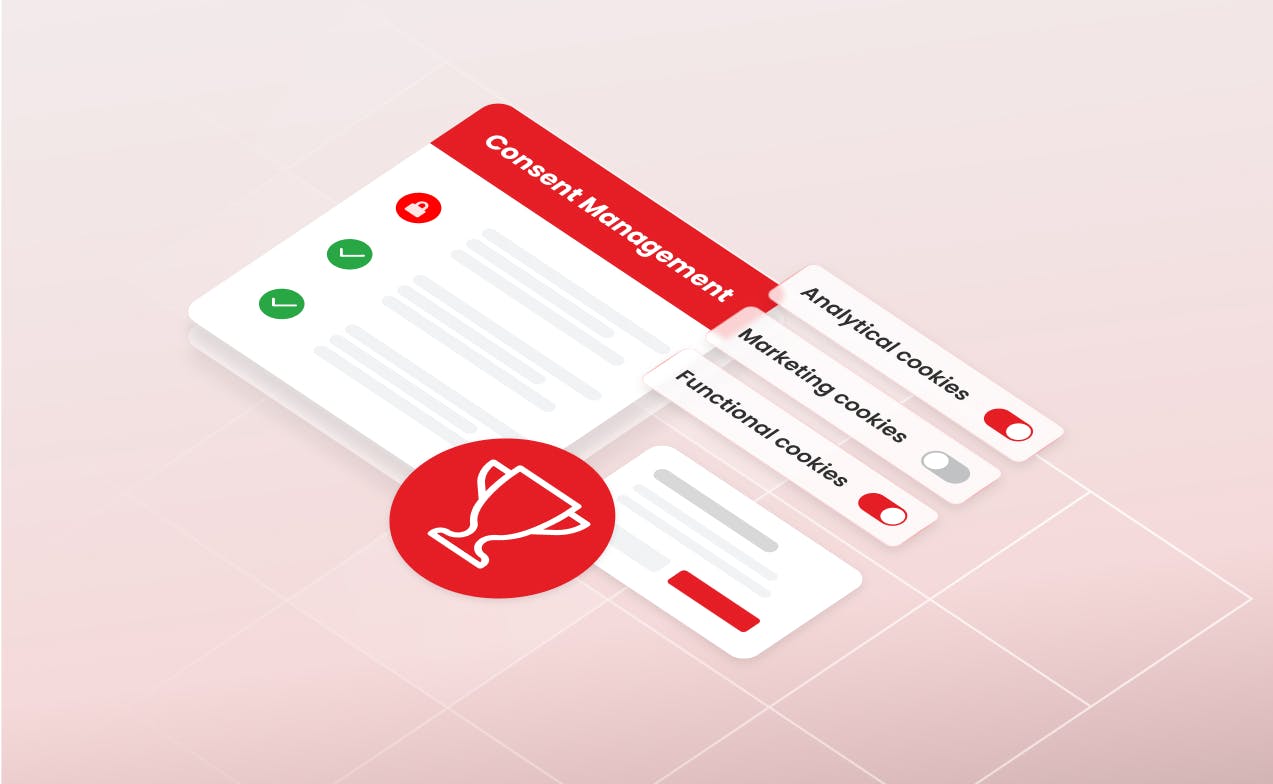
Consent management platforms (CMPs) promise real privacy and compliance but often fall short in practice. Studies reveal manipulative designs, broken revocation, and ignored opt-outs undermine user trust. True compliance requires continuous auditing, integration, and user-centered design. When done right, CMPs evolve from checkbox compliance to genuine, trust-building data governance systems.
In an increasingly privacy-aware landscape, many companies turn to consent management platforms (CMPs) and privacy tools to keep pace with regulations like GDPR and the CCPA. But the real question remains: do these systems genuinely work — or are they simply compliance theater?
At their best, CMPs offer more than a cookie banner — they’re central to user experience and compliance strategies. Good platforms collect, store, sync, and enforce user consent across a company’s entire tech stack, acting as a “nervous system” for consent decisions.
Modern CMPs also evolve with AI, allowing adaptive, real-time consent experiences. They are more than just a legal safeguard and rote compliance checklist – they can enable purpose-based consent that drives key marketing activity, such as personalization, and contribute to ROI rather than being a cost center.
However, real-world implementation gaps are significant — and can be costly.
Dark patterns and consent violations: Research reveals that most cookie notices, even those served by major CMPs, use manipulative designs to influence users into clicking “accept,” often without meaningful choice. A landmark study found that only around 12% of CMP designs met minimal legal standards. Many rely on pre-ticked boxes, misleading layouts, and omitting opt-out buttons entirely. Even more troubling, widespread implementation doesn’t guarantee compliance.
Consent revocation often broken: A November 2024 study of 200 top websites found nearly 20% made it harder for users to revoke consent than to grant it. Over half failed to delete cookies after consent was revoked, and many didn’t inform third parties about changes, undermining user rights and legal compliance.
Opt-outs ignored: A 2022 audit of popular CMPs observed that even with user opt-outs, some advertisers continued to collect and share data. In effect, some systems failed to enforce consent across data ecosystem.
Inconsistent across regions: A mid2025 study analyzing 1,793 popular websites noted that CMP behavior varies widely by region, reflecting inconsistent interpretations of privacy laws. Configurations are often flawed, resulting in misleading user experience and violations of consent expectations.
These failures often stem from treating CMPs as “setandforget” tools rather than systems requiring ongoing alignment across teams, transparency design, and technical rigor.
Legal and technical disconnect: A CMP that isn’t fully integrated into analytics, marketing, or backend systems might collect consent, but fail to enforce it downstream. Companies must ensure proper propagation across tag managers, third-party vendors, and APIs.
User experience overload: Overwhelming or poorly designed consent interfaces can repel users, leading to low-quality consent or skewed data. Managing data quality requires more than ticking a box; it requires clean, user-centric design and technical precision.
Limited enforcement: Weak regulatory enforcement in many regions reduces pressure for proper CMP usage. In practice, fines are rare, and the status quo often prevails.
While CMPs are invaluable tools, compliance cannot be achieved on autopilot. Businesses must own the process from design through enforcement:
Integrate CMPs with tech stack: Ensure consent decisions are enforced across all systems, and that revocations trigger data deletion and updates across vendors.
Design with users in mind: Build consent interfaces that are clear, accessible, and respect informed choice, not persuasion dressed as compliance.
Audit and monitor continuously: Regular audits ensure consent is meaningful, revocable, and enforced.
Ensure revocation works: Make revoking consent as easy as granting it. Monitor for compliance and chain-revocation behavior with integrated third parties.
See consent as a beginning, not the end: Use consent as a touchpoint for trust. Purpose-based consent allows personalization and builds brand value.
Consent management platforms work, but they need nurturing. They are not magic. When poorly implemented and managed, they become a checkbox façade, leaving companies vulnerable to legal risk, and users misled. When taken seriously, CMPs become trust engines: transparent, user-first tools that enable compliance, better data, and even competitive advantage.